Manchester, with its more than two million inhabitants, is one of the largest urban in England areas outside London, and as a tourist you will experience an exciting and thriving cultural life and a lot of activities in the historic industrial city. The cozy center with many prestigious buildings from the decades around 1900 is especially good for many walks.
The city of Manchester itself is the heart of the industrial area, where not least textile production laid the foundation for the area’s prosperity and growth. The many industrial buildings still leave their mark on the city center and surroundings, and among the many highlights are the old Liverpool Road Railway Station and the Science and Industry Museum.
There are several interesting museums in Manchester. Natural history and archaeology are in focus at the Manchester Museum and you can also experience interesting art as well as parts of Britain’s military history at the Imperial War Museum North, located in the revitalized dock area.
For many fans around the world, a trip to Manchester is also a visit to the city of football, and there are several opportunities to live out the football fever. The city’s two major football clubs are Manchester United and Manchester City, and in the center of the city you can visit the National Football Museum.
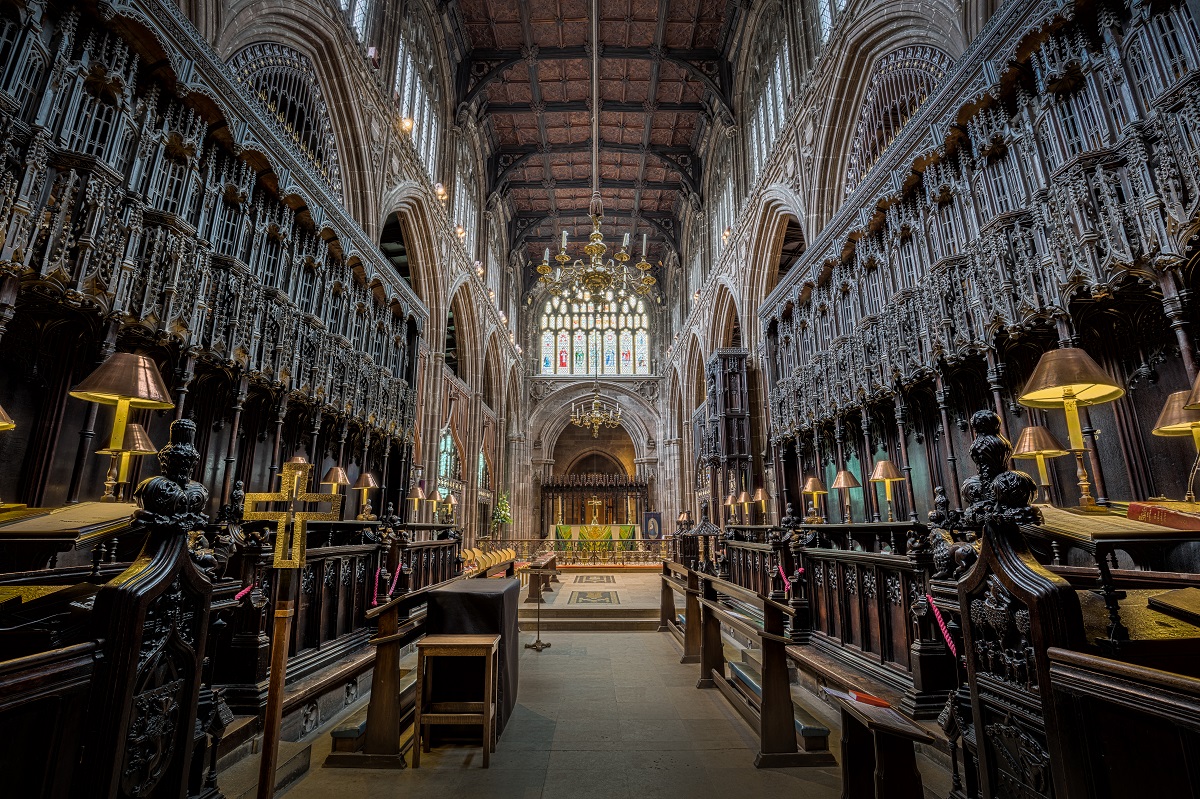
This is Manchester Cathedral and thus the seat of the Anglican Bishop of the city. The church was in its original version founded as a parish church in 1215.
Manchester Town Hall is the seat of city government. It was built in distinguished Victorian neo-Gothic style in the period 1868-1877, and it remains one of the city’s most famous and impressive buildings.
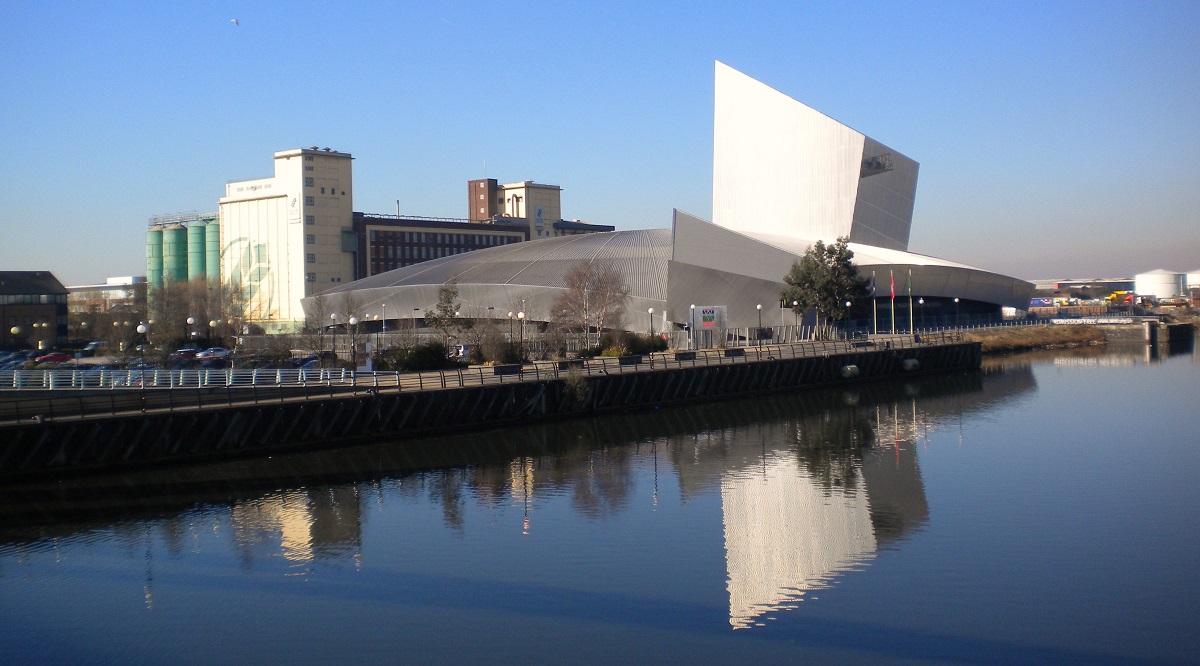
Tanks, prisoners of war and two world wars are some of the things you can experience at this very informative war museum, which is a department of the Imperial War Museum in London.
This museum welcomes visitors to a world of science and technology. The focal point of the museum’s collections is Manchester’s contribution to and use of science and technology throughout the industrial history.
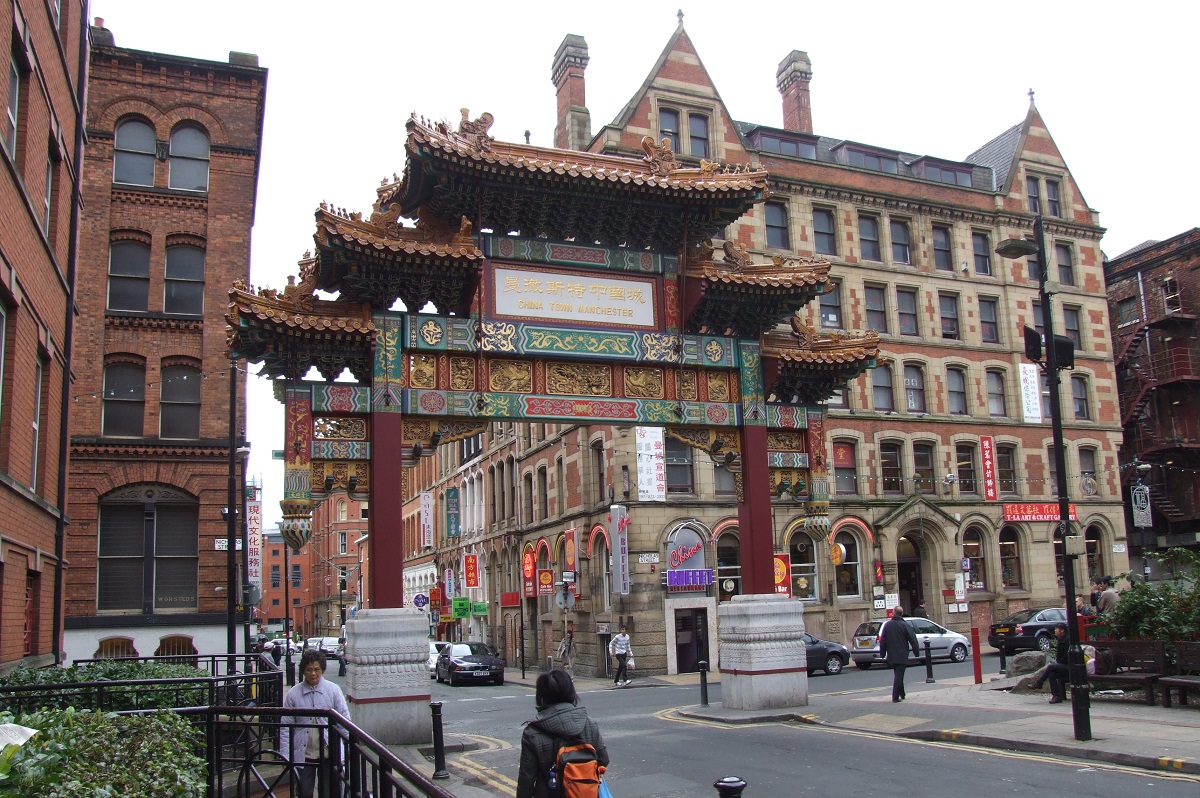
The first Chinese restaurants opened in Manchester in the years after World War II. More were added in the 1960s, and since then a real Chinese neighborhood has developed in Manchester.
The Royal Exchange was built in the years 1867-1874. It was built as a replacement for the city’s former commodity exchange, which had become too small for the growth and needs of the time.
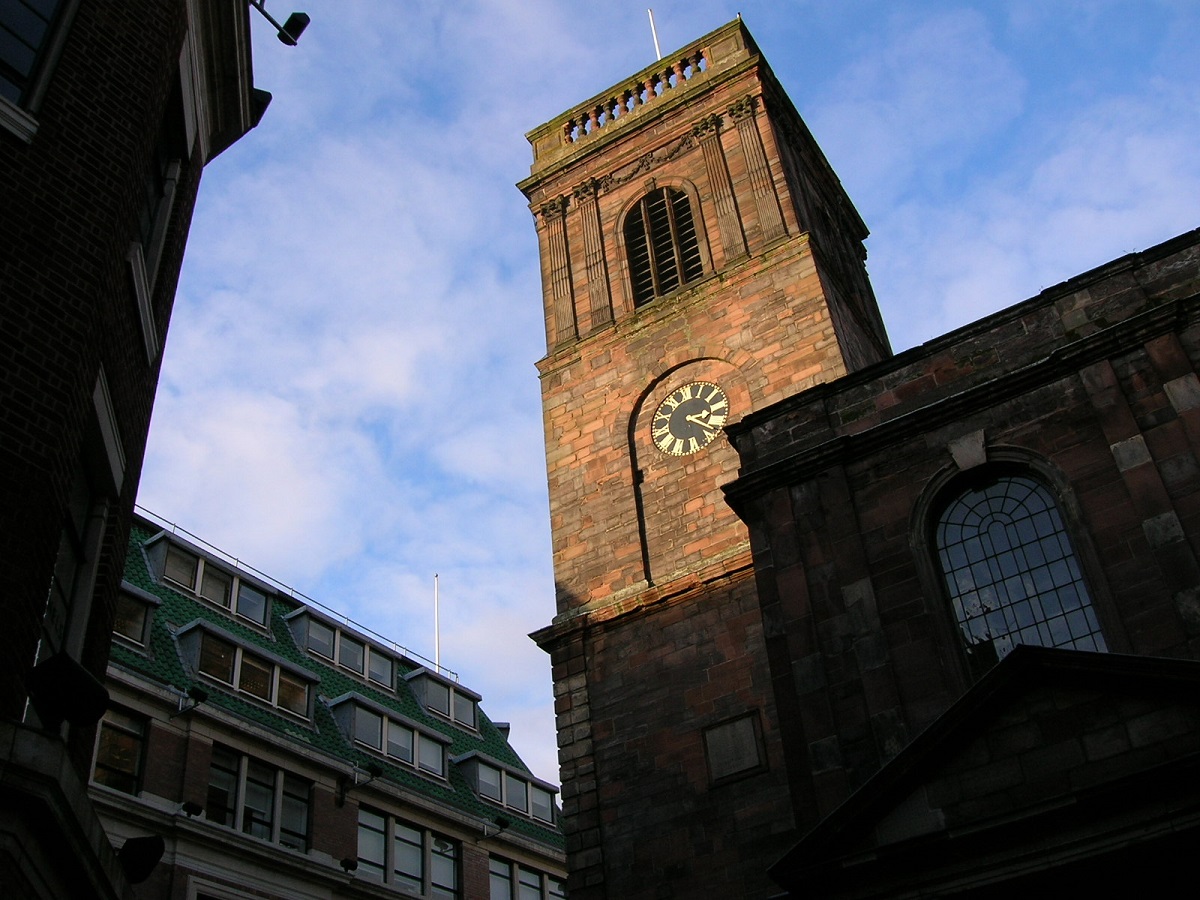
Kirken St. Ann’s Church was built 1709-1712 on a site where there were fields at the time. The style is neoclassicism, and local sandstone has been used as a building material.
In the central square, Albert Square, you can see the Albert Memorial. The memorial was erected as a monument to Queen Vicoria’s husband, Prince Albert, in the 1860s.
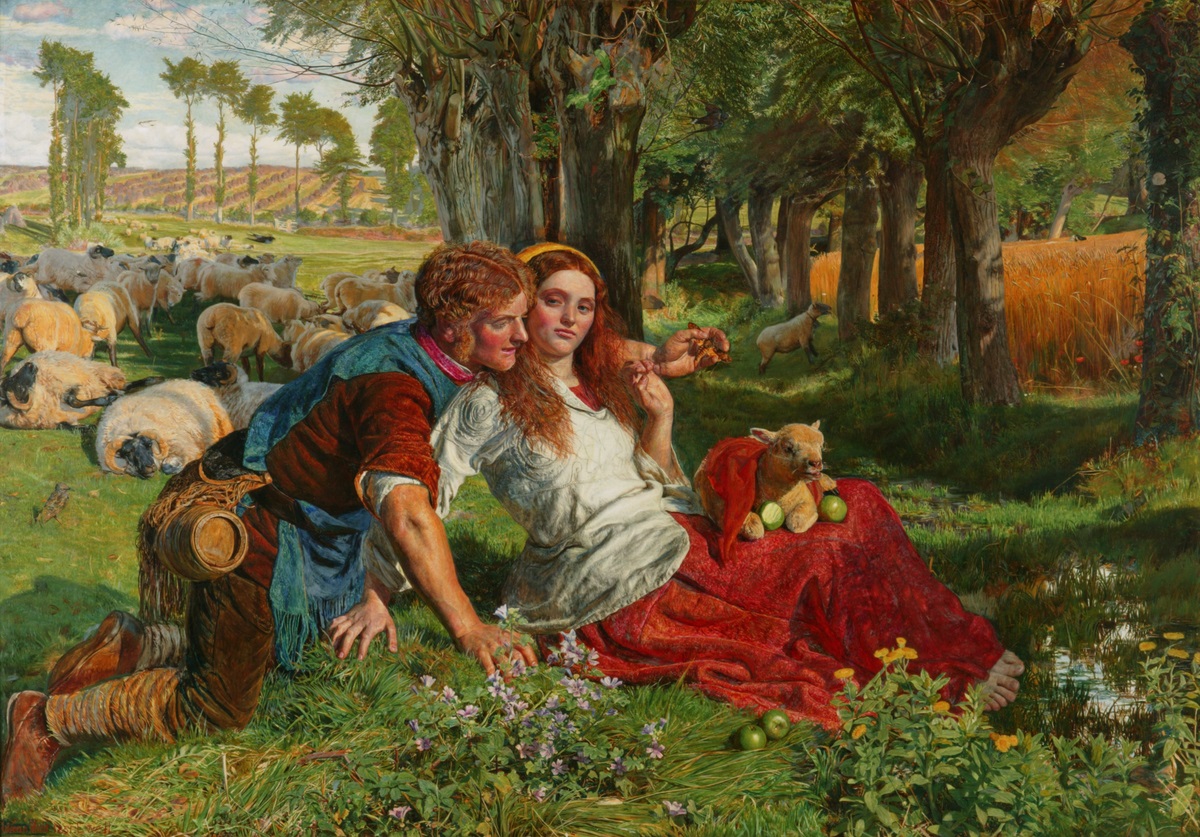
This fine art gallery belongs to the city of Manchester, and therefore it is natural that the collections are based on works of art and artists that have something to do with Manchester.
The place Castlefield was where the Romans in their time built built a military outpost in this region. You can still see part of the defensive wall and the actual fort whose remains have been restored.
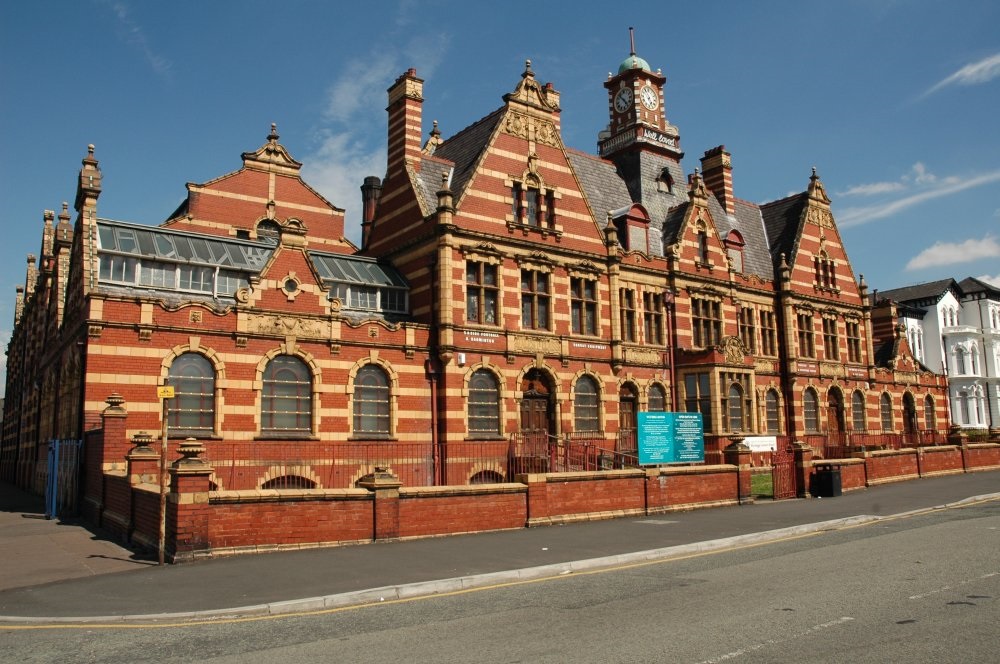
Victoria Baths opened its doors in 1906 with some quite luxurious bathing facilities with public access. Manchester was a rich city at the time, and therefore the building was built solidly and with many fine details.
Manchester Museum is a museum with large and diverse collections in archeology, anthropology and natural history. It is one of England’s largest museums of its kind.
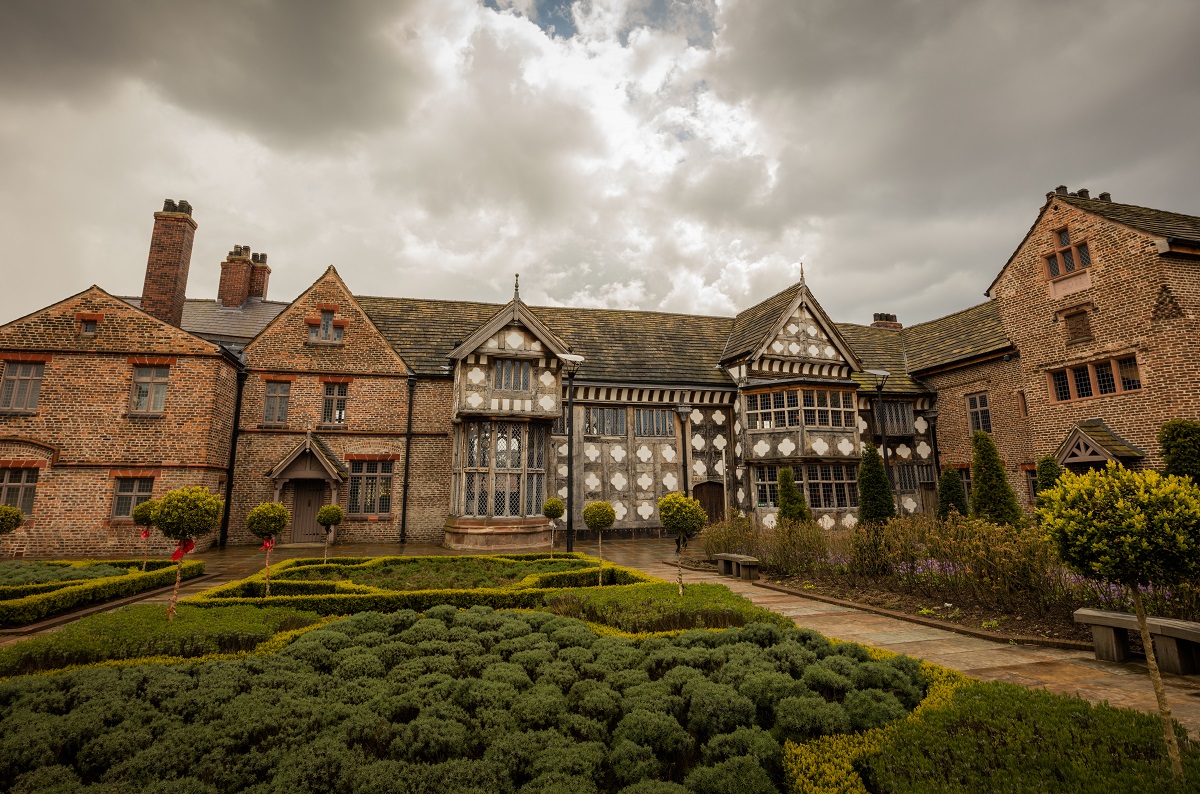
Ordsall Hall is a magnificent English tudor-style mansion. Ordsall Hall was first mentioned in 1177, but the current building is of more recent date and expanded and altered over several centuries.
Manchester United is one of the world’s most famous and popular football clubs. Countless stars have over time played for the club, whose story is told at this museum.
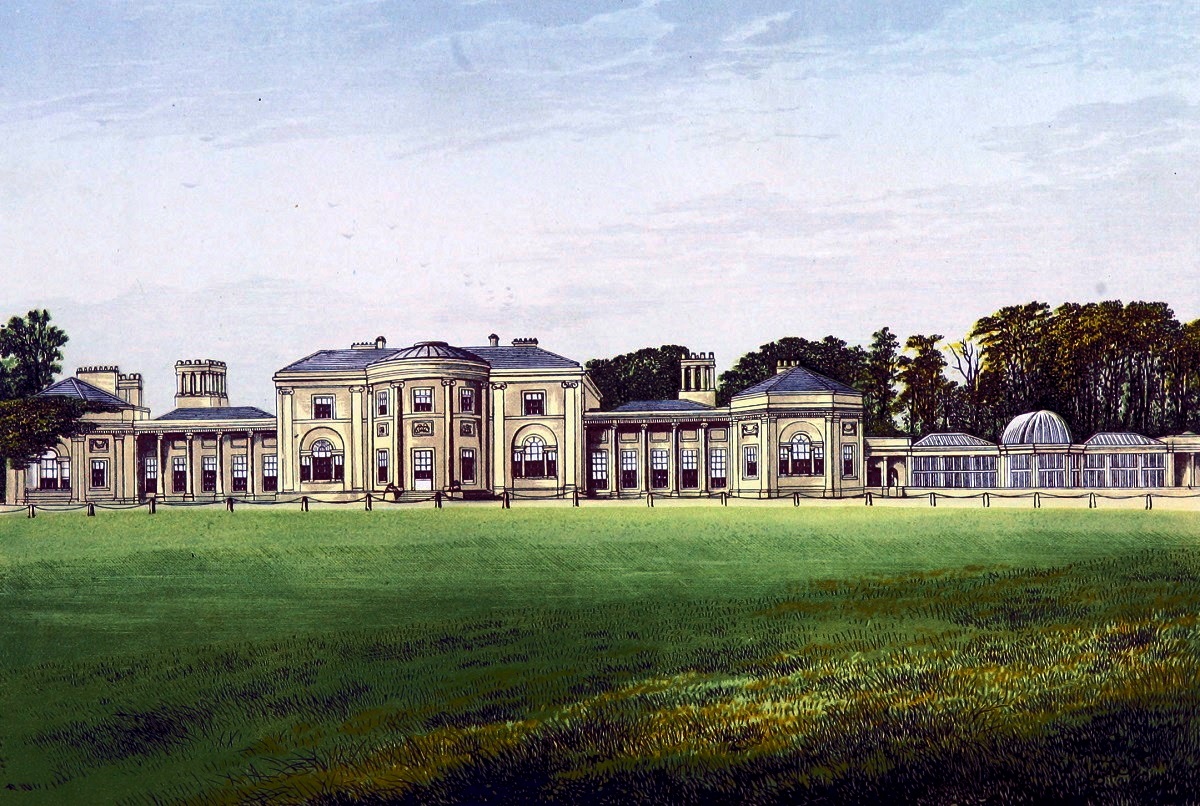
Heaton Park is a recreational area that offers many activities. The historic center of the park is the 18th-century neoclassical mansion, Heaton Hall, which is today a museum. There are lawns and facilities all around, and in the park you can also drive with old trams.
The Quarry Bank Mill is part of the industrial development of the Manchester area in the 18th century. Hydropower was the basis of the many industries that developed, and in this place the water was used for a spinning mill.
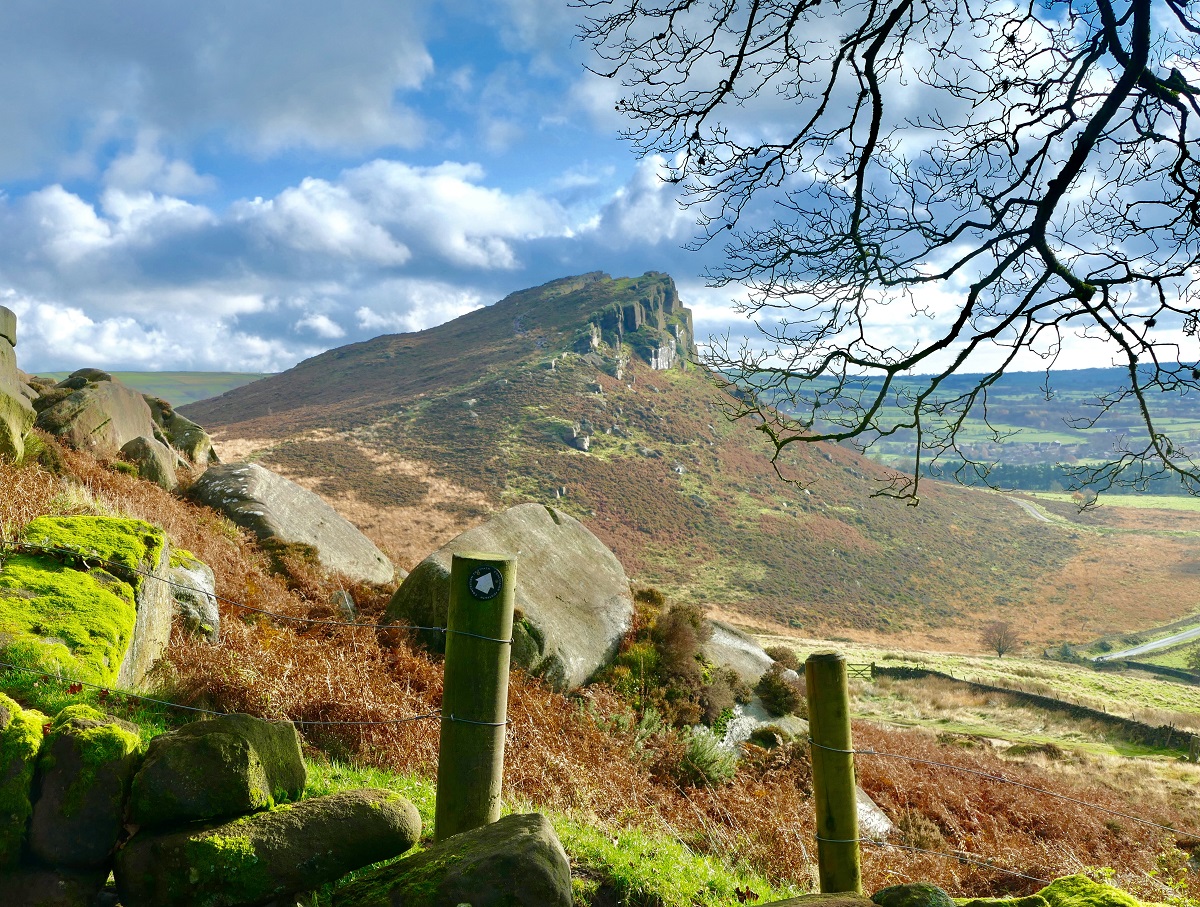
The Peak District is a national park located between the cities of Manchester, Stoke, Derby and Sheffield. The landscape is beautiful with large and varied natural areas and many beautiful views.
The port city of Liverpool with 800,000 inhabitants is not least known as The Beatles’ hometown, for its football team, port area and its beautiful cathedrals. In short, there is a lot to see in the city on Merseyside.
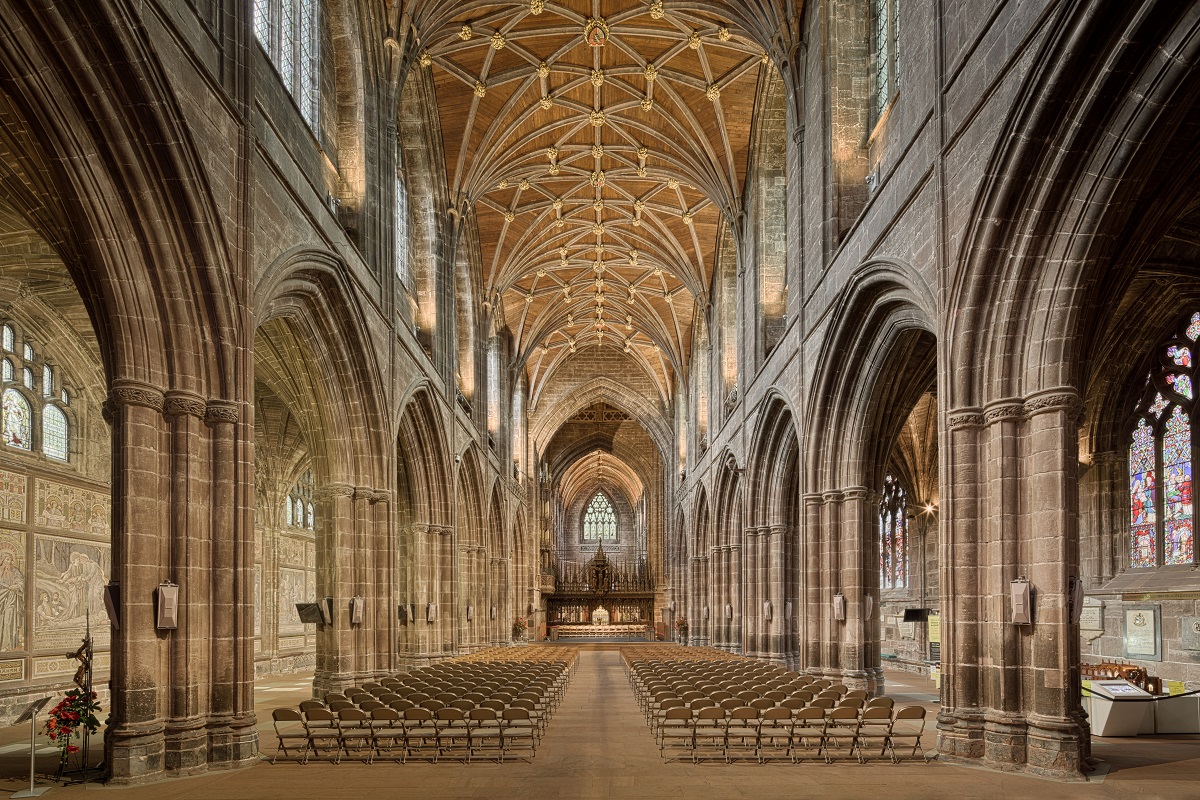
The city of Chester was founded by the Romans around the year 70 with the name Deva Victrix. Today you can e.g. see Chester Cathedral, old medieval walls and the so-called Chester Rows, which are old rows of houses.
52 Church Street
afflecks-palace.co.uk
123 Market Street
debenhams.com
21 New Cathedral Street
harveynichols.com
Market Street
manchesterarndale.com
St. Ann’s Gate
marksandspencer.com
Stockport
merseyway.com
Cross Street, King Street, Market Street, Around St. Ann’s Square, Deansgate, Around St. Peter’s Square, Oxford Street, Mosley Street, Chinatown
Liverpool Road
msim.org.uk
Alton Towers
Alton, 75 km/46 mi SE
alton-towers.co.uk
Camelot Theme Park
Charnock Richard, Chorley, 40 km/25 mi NW
camelotthemepark.co.uk
Museum of Transport
Boyle Street, Cheetham
gmts.co.uk
Manchester United Museum and Tour
Sir Matt Busby Way
manutd.com
Knowsley Safari
Prescot, 30 km/18 mi W
knowleyssafariexperience.co.uk
The Romans were possibly the first to settle in present-day Manchester. The original Roman fort was built under Gnaeus Julius Agricola in the year 79. The fort was an intermediate station on the important road between Chester and York, and at the same time played a defensive role in the region.
The fort of Rome was located at the confluence of the rivers Medlock and Irwell, and it was a natural place to fortify. The Roman name was Mamucium, and from this time you can still see ruins in the Castlefield district, where a garrison of 500 men is believed to have been stationed. The Roman era in the area ended in 410.
After the Roman period, there was a transition without much settlement, and then there was invasion from, among others, the Danish and Saxon side, and several times it came to fighting with the Vikings.
In the 1000s, the area came into the hands of the Gresle family, and as barons ruled, the settlement grew, and this time it happened at the confluence of the Irwell and Irk rivers instead of the Roman Mamucium.
The church was established in early Manchester, whose parish stretched for about 160 square miles. The large area was a sign of a small population and a low income base for the church. Only taxes at that time were debt to the Viking kings.
The Barons de Gresle also built a fortified residence in Manchester, from which they administratively controlled the city through, among other things, leasing land; The barons formally owned the town, the center of which was around the castle and the Church of Saint Mary.
The population and number of craftsmen began to rise around the year 1200, when Robert de Gresle, as the first baron, took up permanent residence in the city. He expanded his residence, and that work brought with it bricklayers and carpenters, and their activity and skills spread throughout the city.
Trade was one of the new activities that brought Manchester forward. In 1223, the city obtained the right to hold an annual market, and they were held around where St. Ann’s Square is located today.
Baron Thomas de Gresle granted Manchester certain trading rights in 1301, thereby formally the city of barons becoming a market town. It was a status that helped to increase the city’s status, but for a long time, it was still one of many smaller towns in the area.
In the 1300s, Manchester’s defense was expanded. The city’s lines of defense included the Irwell and Irk rivers, and additional obstacles were dug and fortifications made, making hostile entry into the city difficult.
The 13th century was also the century that came to be crucial to the development of the city over the following many centuries; this is where Flemish weavers settled, and they created the city’s textile industry. The Flemish used wool for textiles and laid the foundation for the industrialization of Manchester and the area around the city. Manchester quickly became Lancashire’s primary industrial city.
During the 16th century, Manchester had established itself as a major industrial and commercial city through the wool trade. The first industrialization continued through the 16th century, and from the 1620s it revived with the introduction of the weaving of barchent. With the new techniques new industries were developed and Manchester saw a new wave of Flemish settlers come to town.
As a major English city, Manchester had close ties to London during this time, and in the mid-1600s, the industrial city was represented in the British Parliament with a seat. Charles Worsley became the city’s first MP, and after the dissolution of parliament in 1654, Worsley became local leader in the region around Manchester. Worsley introduced a new Puritanism into the city, which was inspired by London currents.
Already in 1660, Manchester was deprived of its seat in Parliament as a punishment. This happened in connection with the reintroduction of the monarchy in England in 1660, and the town was without a representative in the Assembly until 1832. Despite the political instability, however, growth continued in Manchester, which up to the 18th century continued to be one in English. scale smaller market town.
The market town of Manchester was given new opportunities from 1861, when the Duke of Bridgewater’s canal was opened between the city and Worsley. The canal connected the waterfield to the centrally located Castlefield, and it meant, among other things, that coal could be sailed for the growing production there from the duke’s mines in just Worsley.
It was a time when cotton replaced the former, dominant wool production, and the combination of a strong increase in demand and the application of new technology made Manchester the center of growing industrialization. Cotton spinning and real textile industry shot up, and the city’s prosperity was on the rise.
In 1764, the spinning machine Spinning Jenny was installed in Manchester, and it started, so to speak, the industrial revolution. Indeed, Spinning Jenney was the first spinning machine to be used industrially in a fully automated production process in Manchester, and it set new standards for industry development.
In 1792 a commissariat was set up to ensure the continued growth of the city, and from that time forward rapidly advanced for Manchester. From about the year 1800, the development of the city that was to grow into the dominant one in the area exploded.
With industrialization and economic prosperity also came some new opportunities for the citizens of the city. Culturally, several new institutions were established in the city, and in 1830 the world’s first publicly accessible railway was inaugurated; it linked Manchester to Liverpool and was a solid proof of Manchester’s technological and economic capabilities. Some years before, the world’s first bus line had been put into operation; from 1824 it drove from Market Street to Pendleton and Salford.
In 1835 the local administration was formed and five smaller urban areas were merged under the actual Manchester as a unified municipality; later several upland municipalities have been merged with Manchester. Politically, Manchester in the 19th century became the inspiration for Friedrich Engels, and the many works influenced the formation of the actual English labor movement.
In the 19th century, several educational establishments and some of the popular cultural institutions were still visible. The Hallé Orchestra was founded in 1857, and the city’s major football clubs with Manchester United as its flagship were formed.
The city did not stand still industrially, for example, the Manchester Ship Canal was excavated from 1887. The canal was completed in 1894, making Manchester’s port the third largest in England. The late 19th century was also the golden age for the city’s splendid buildings such as the impressive Town Hall building, Town Hall.
At the turn of the 20th century, the Manchester region was one of the ten most populous in the world. The city had a developed production with chemical industry, electrical industry and much more. It was a city characterized by many years of industrial prosperity.
With the depression in the 1930s, a sudden downturn hit Manchester’s textile industry. Competition from abroad was a contributing factor and it became the start of the city’s industrial, economic and population out there. During World War II, some military industry was laid in Manchester, which for that reason was hit by violent bombings 1940-1941 during the German blitz.
In the post-war years, many neighborhoods were sanitized, and housing blocks shot up. Industrially, technological research and development set the city’s agenda, and culturally and sportingly, Manchester flourished with Manchester United and the broadcasting company Granada as locomotives.
In recent decades, much has happened to Manchester’s image and cityscape. Where the city used to be thought of as one of England’s old, worn industrial cities, it is now a modern industry and research as well as a thriving cultural life. Several of the old industrial buildings close to the center and along the harbor have undergone a revitalization in the form of the creation of exciting museums, business districts and a vibrant shopping and gastronomy nightlife.
Manchester offered to hold the Olympic Games in both 1996 and 2000, but was not selected. By contrast, the city was part of the world’s center where the Commonwealth Games were conducted with great success. Since then, the city has been the center of many events that have been seen far beyond the borders of the country, while retaining and renovating the old industrial heritage for the benefit of the many tourists who go to Manchester.
Overview of Manchester
Manchester, with its more than two million inhabitants, is one of the largest urban in England areas outside London, and as a tourist you will experience an exciting and thriving cultural life and a lot of activities in the historic industrial city. The cozy center with many prestigious buildings from the decades around 1900 is especially good for many walks.
The city itself is the heart of the industrial area, where not least textile production laid the foundation for the area’s prosperity and growth. The many industrial buildings still leave their mark on the city center and surroundings, and among the many highlights are the old Liverpool Road Railway Station and the Science and Industry Museum.
About the upcoming Manchester travel guide
About the travel guide
The Manchester travel guide gives you an overview of the sights and activities of the English city. Read about top sights and other sights, and get a tour guide with tour suggestions and detailed descriptions of all the city’s most important churches, monuments, mansions, museums, etc.
Manchester is waiting for you, and at vamados.com you can also find cheap flights and great deals on hotels for your trip. You just select your travel dates and then you get flight and accommodation suggestions in and around the city.
Read more about Manchester and England
Buy the travel guide
Click the “Add to Cart” button to purchase the travel guide. After that you will come to the payment, where you enter the purchase and payment information. Upon payment of the travel guide, you will immediately receive a receipt with a link to download your purchase. You can download the travel guide immediately or use the download link in the email later.
Use the travel guide
When you buy the travel guide to Manchester you get the book online so you can have it on your phone, tablet or computer – and of course you can choose to print it. Use the maps and tour suggestions and you will have a good and content-rich journey.
Manchester Cathedral • Industrial History • Great Museums • Football
Overview of Manchester
Manchester, with its more than two million inhabitants, is one of the largest urban in England areas outside London, and as a tourist you will experience an exciting and thriving cultural life and a lot of activities in the historic industrial city. The cozy center with many prestigious buildings from the decades around 1900 is especially good for many walks.
The city itself is the heart of the industrial area, where not least textile production laid the foundation for the area’s prosperity and growth. The many industrial buildings still leave their mark on the city center and surroundings, and among the many highlights are the old Liverpool Road Railway Station and the Science and Industry Museum.
About the upcoming Manchester travel guide
About the travel guide
The Manchester travel guide gives you an overview of the sights and activities of the English city. Read about top sights and other sights, and get a tour guide with tour suggestions and detailed descriptions of all the city’s most important churches, monuments, mansions, museums, etc.
Manchester is waiting for you, and at vamados.com you can also find cheap flights and great deals on hotels for your trip. You just select your travel dates and then you get flight and accommodation suggestions in and around the city.
Read more about Manchester and England
Buy the travel guide
Click the “Add to Cart” button to purchase the travel guide. After that you will come to the payment, where you enter the purchase and payment information. Upon payment of the travel guide, you will immediately receive a receipt with a link to download your purchase. You can download the travel guide immediately or use the download link in the email later.
Use the travel guide
When you buy the travel guide to Manchester you get the book online so you can have it on your phone, tablet or computer – and of course you can choose to print it. Use the maps and tour suggestions and you will have a good and content-rich journey.

The first Chinese restaurants opened in Manchester in the years after World War II. More were added in the 1960s, and since then a real Chinese neighborhood has developed in Manchester.
The Royal Exchange was built in the years 1867-1874. It was built as a replacement for the city’s former commodity exchange, which had become too small for the growth and needs of the time.

Kirken St. Ann’s Church was built 1709-1712 on a site where there were fields at the time. The style is neoclassicism, and local sandstone has been used as a building material.
In the central square, Albert Square, you can see the Albert Memorial. The memorial was erected as a monument to Queen Vicoria’s husband, Prince Albert, in the 1860s.

This fine art gallery belongs to the city of Manchester, and therefore it is natural that the collections are based on works of art and artists that have something to do with Manchester.
The place Castlefield was where the Romans in their time built built a military outpost in this region. You can still see part of the defensive wall and the actual fort whose remains have been restored.

Victoria Baths opened its doors in 1906 with some quite luxurious bathing facilities with public access. Manchester was a rich city at the time, and therefore the building was built solidly and with many fine details.
Manchester Museum is a museum with large and diverse collections in archeology, anthropology and natural history. It is one of England’s largest museums of its kind.

Ordsall Hall is a magnificent English tudor-style mansion. Ordsall Hall was first mentioned in 1177, but the current building is of more recent date and expanded and altered over several centuries.
Manchester United is one of the world’s most famous and popular football clubs. Countless stars have over time played for the club, whose story is told at this museum.
Similar to Manchester Travel Guide
There are no listings matching your search.
Reset